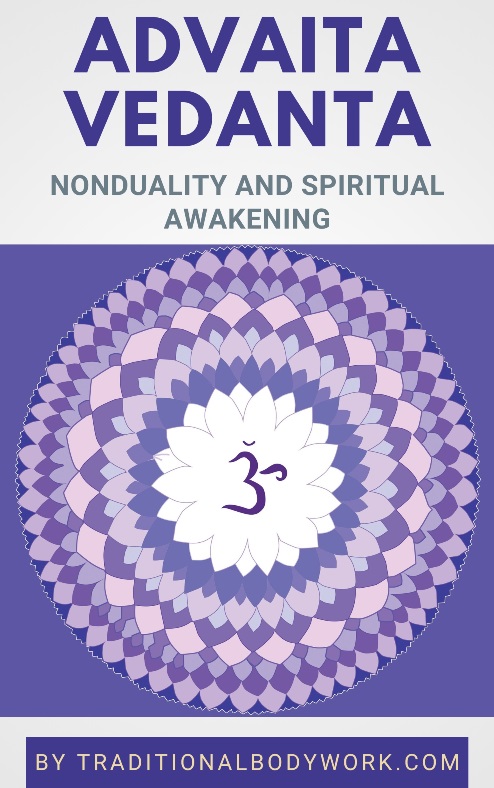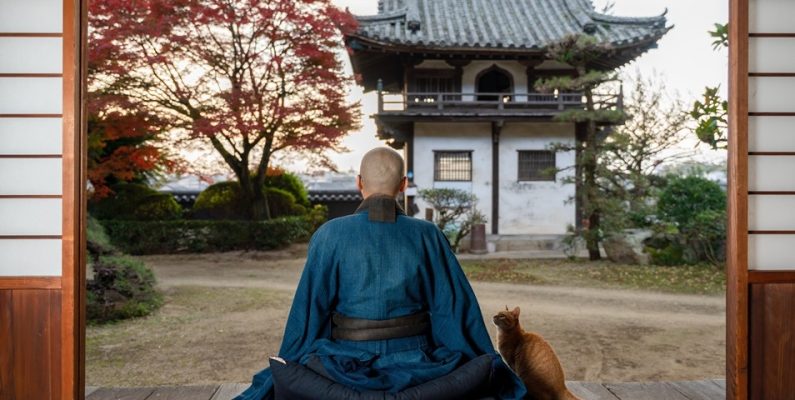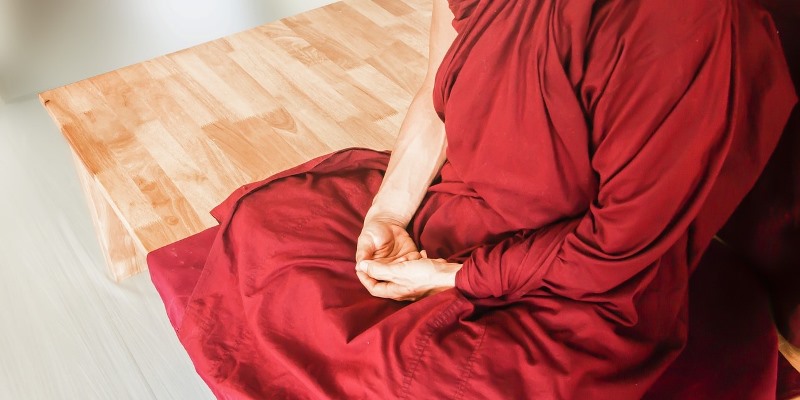
Anapanasati Breathing is an ancient Buddhist meditation technique attributed to the Buddha himself, and popularly called “Mindfulness of Breathing.” It’s closely related to Vipassana Meditation (Insight Meditation) and refers to paying consistent and non-judgmental attention to the breath as it arises as inhale and exhale, without trying to control or manipulate it.

In fact, Anapanasati Breathing is a type of passive Breathwork in which one simply notes i.e. observes one’s own natural occurring breathing pattern, for instance as “I’m breathing in,” “I’m breathing out,” “I’m breathing a long inhale,” “I’m inhaling in a shallow way,” “I’m exhaling forcefully,” or in whatever the way the breathing is taking place.
One of the core ideas behind this technique is that it gives us a tool to stay in the here-and-now, being fully aware of the present as it unfolds and achieve the ability of one-pointed concentration, and as such preventing our thinking and conceptualization process to take its course and become a distraction.
Becoming steady in breath awareness then subsequently gives us the means to also become mindful (i.e. non-judgmentally aware) of other phenomena, such as our body, our wandering mind and thinking, our emotions, and so on, without being carried away by them. If at any point we observe that we get distracted, we then again pay full attention to our breathing pattern to re-ground and steady ourselves.
In the Buddhist spiritual tradition, mindful Anapanasati Breathing is considered a powerful technique to calm down the mind, release attachments of the mind, and cultivate or prepare one’s meditation practice and finally come to spiritual insight, liberation of earthly bondage, and Spiritual Enlightenment or Divine Union.

In its original context it was suggested that carrying out this mindful meditation practice was done best by going alone into the forest, sit beneath a tree, and then simply observe the breath as it occurs, basically just as the Buddha once did to achieve Self-Realization and Enlightenment.
Nevertheless, over time, several types of Anapanasati Breathing have been developed and practiced, such as repeatedly counting inhalations or exhalations in cycles of ten, focusing on one’s breath without counting, focusing on the rise and fall of the abdomen, or focusing only on the location where our breath enters and leaves the nostrils, and so on.
Another important deviation from the original practice was that some Buddhist lineages started to practice Anapanasati Breathing standing, lying down, and/or walking, instead of only in a seated position.


















